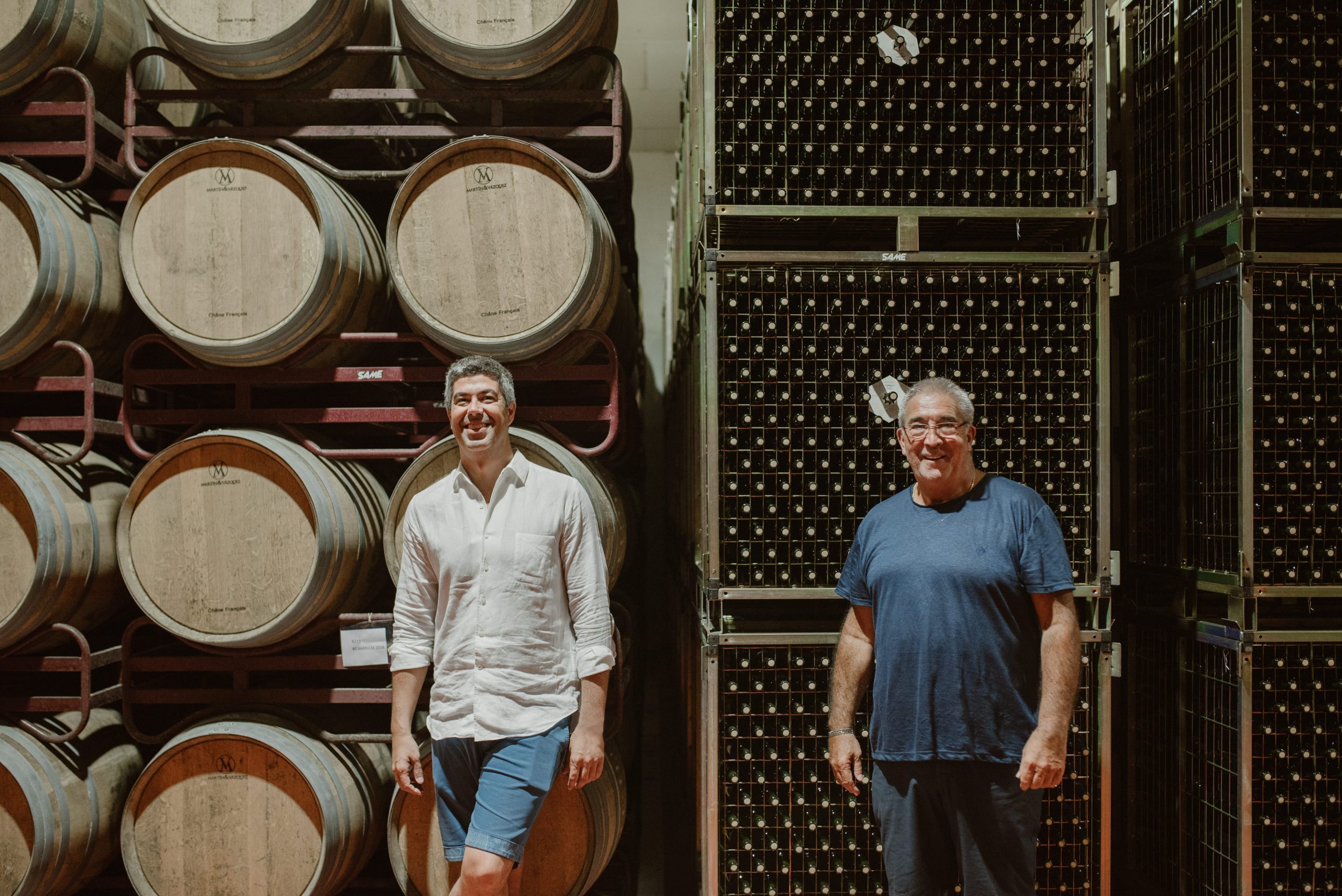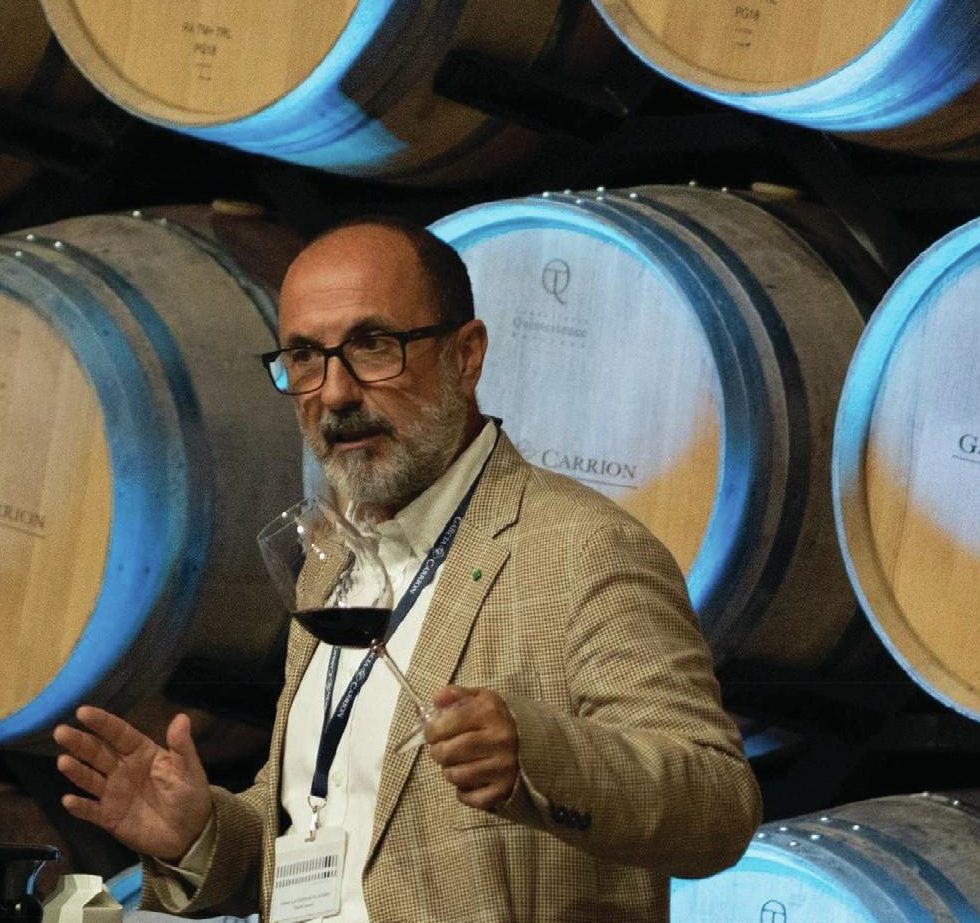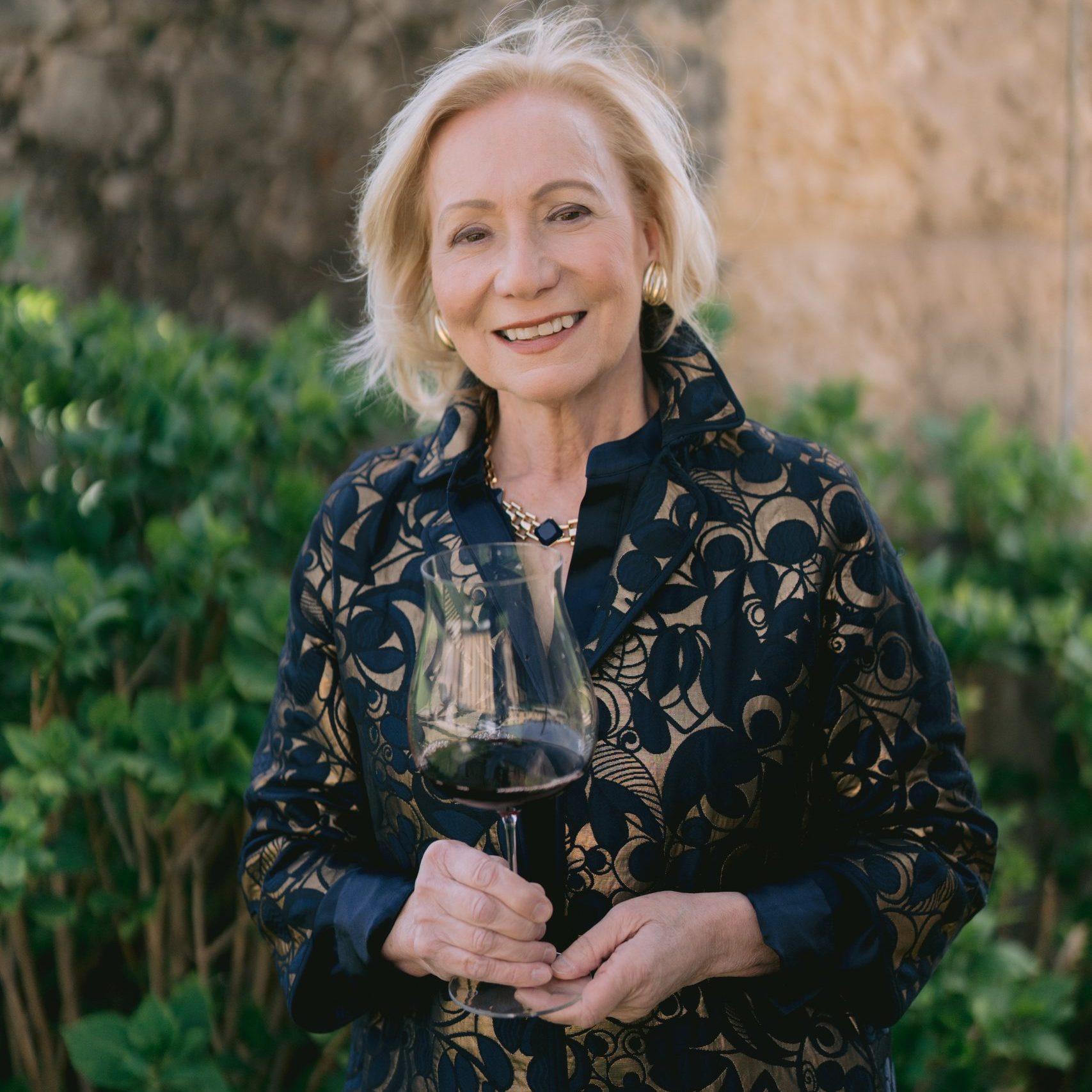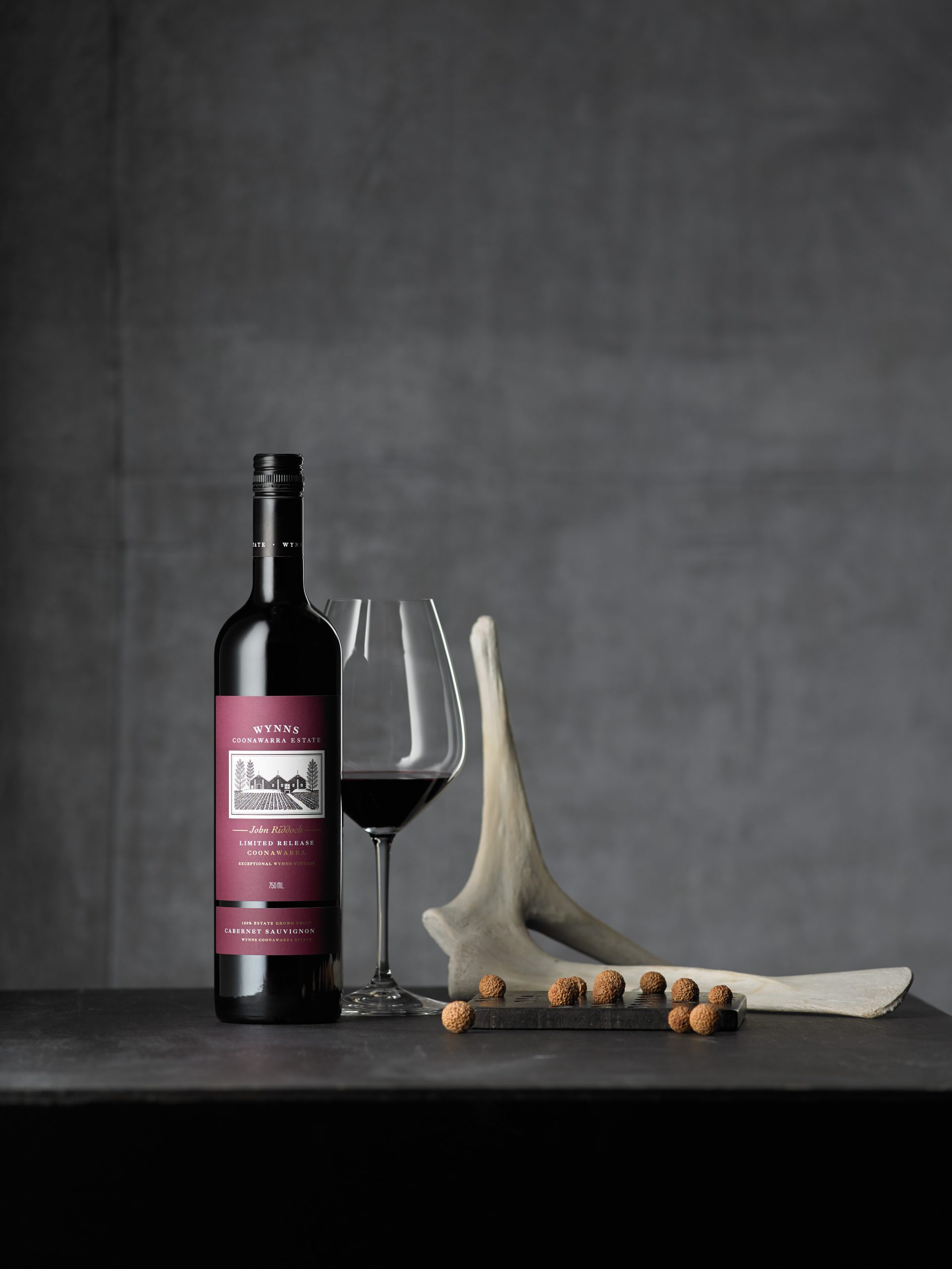A groundbreaking study of the co-existing residents of a vineyard
Meet Cecilia Acosta, project-leader of Matriz Viva, a groundbreaking study of the coexisting residents of a vineyard.
From herding ants to lowering soil temperature, Matriz Viva harnesses the power of living organisms to create sustainable tools for organic viticulture.
Developed by Bodega Argento with Cuyo’s National University and INTA (National Institute of Agricultural Technology) among others, Matrizviva studies plant and flower species. It rates, for example, their ability to know and control naturally insect diversity, ‘predators’, ‘parasitoids’ and ‘pollinators’.
Partner Content
Bodega Argento’s Finca Alto Agrelo in Lujan de Cuyo (Mendoza), a 300ha organically farmed plot, is the heart of the experiment.
There vines are planted around a central ‘reserve’ – a natural habitat left wild as a place to re-route wildlife. Cover crops planted between the vines provide natural pathways for insects and animals to move freely, making it possible to control the movement of desirable or undesirable species.
For example, part of the ant population in the vineyards are leaf cutters and attack the plants. By guiding ants to specific parts of the ecosystem, vines are protected from harm and the insects can continue to contribute to soil aeration and the decomposition of organic matter in the ecosystem. A great benefit for all living organisms and the natural balance of the vineyard.
Related news
Zuccardi Valle de Uco: textured, unique and revolutionary wines
Non-vintage is ‘putting together a puzzle’ says Champagne Lallier




